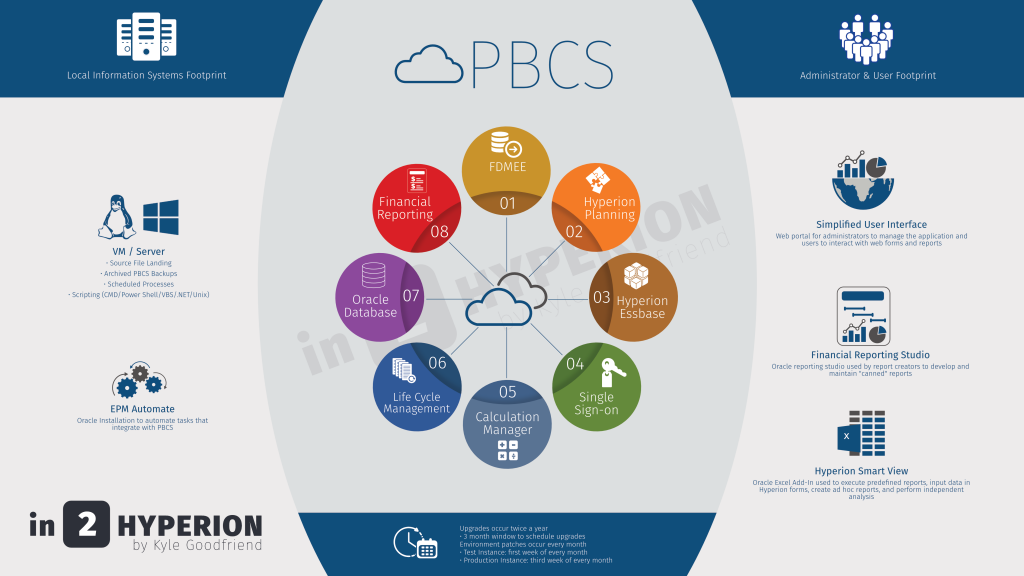It is possible for a database in Essbase to become corrupt. This can be caused by server hangs, software glitches, and a variety of other reasons. Although infrequent, if a database cannot be loaded for any reason, and it needs to be restored, the following actions can be a quick resolution. Keep in mind that this will remove the data and it will need to be imported from a backup export.
Before performing this, verify that the database is not attempting to recover. To determine if this is occuring, open the application log file. If it states that it is recovering free space, be patient as it may correct itself.
File Structure
Essbase has a simple file structure that it follows. It can vary with each application depending on the options used. The area to focus on for this process is below. The application and database that is being restored would take the place of appname and dbname.
Hyperion\Products\Essbase\EssbaseServer\App\AppName\DbName
Restoring To A Usable State
In this directory, files with the following extensions will need to be removed. This will delete all of the data and temporary settings that are causing the application to function improperly. It will NOT delete the database outline, calc scripts, load rules, or business rules.
- .ind (index files)
- .pag (data files)
- .esm (Essbase kernel file that manages pointers to data blocks, and contains control information that is used for database recovery)
- .tct (Essbase database transaction control file that manages all commits of data and follows and maintains all transactions)
After these files are removed, verify that the application and database is functioning. This can be done in Essbase Administration Services by starting the application. If the application doesn’t start, more research will have to be performed. If the application loads, import the most recent data backup and run an aggregation.
There are a number of other possible file types in this directory. Below is some information that may be helpful.
Audit Logs
- .alg: Spreadsheet audit historical information
- .atx: Spreadsheet audit transaction
Temporary Files
- .ddm: Temporary partitioning file
- .ddn: Temporary partitioning file
- .esn: Temporary Essbase kernel file
- .esr: Temporary database root file
- .inn: Temporary Essbase index file
- .otm: Temporary Essbase outline file
- .otn: Temporary Essbase outline file
- .oto: Temporary Essbase outline file
- .pan: Temporary Essbase database data (page) file
- .tcu: Temporary database transaction control file
Objects
- .csc: Essbase calculation script
- .mxl: MaxL script file (saved in Administration Services)
- .otl: Essbase outline file
- .rep: Essbase report script
- .rul: Essbase rules file
- .scr: Essbase ESSCMD script
Other
- .apb: Backup of application file
- .app: Application file, defining the name and location of the application and other application settings
- .arc: Archive file
- .chg: Outline synchronization change file
- .db: Database file, defining the name, location, and other database settings
- .dbb: Backup of database file
- .ddb: Partitioning definition file
- .log: Server or application log
- .lro: LRO file that is linked to a data cell
- .lst: Cascade table of contents or list of files to back up
- .ocl: Database change log
- .ocn: Incremental restructuring file
- .oco: Incremental restructuring file
- .olb: Backup of outline change log
- .olg: Outline change log
- .sel: Saved member select file
- .trg: Trigger definition file.XML (Extensible Markup Language) format
- .txt: Text file, such as a data file to load or a text document to link as a LRO used for database recovery
- .xcp: Exception error log
- .xls: Microsoft Excel file


